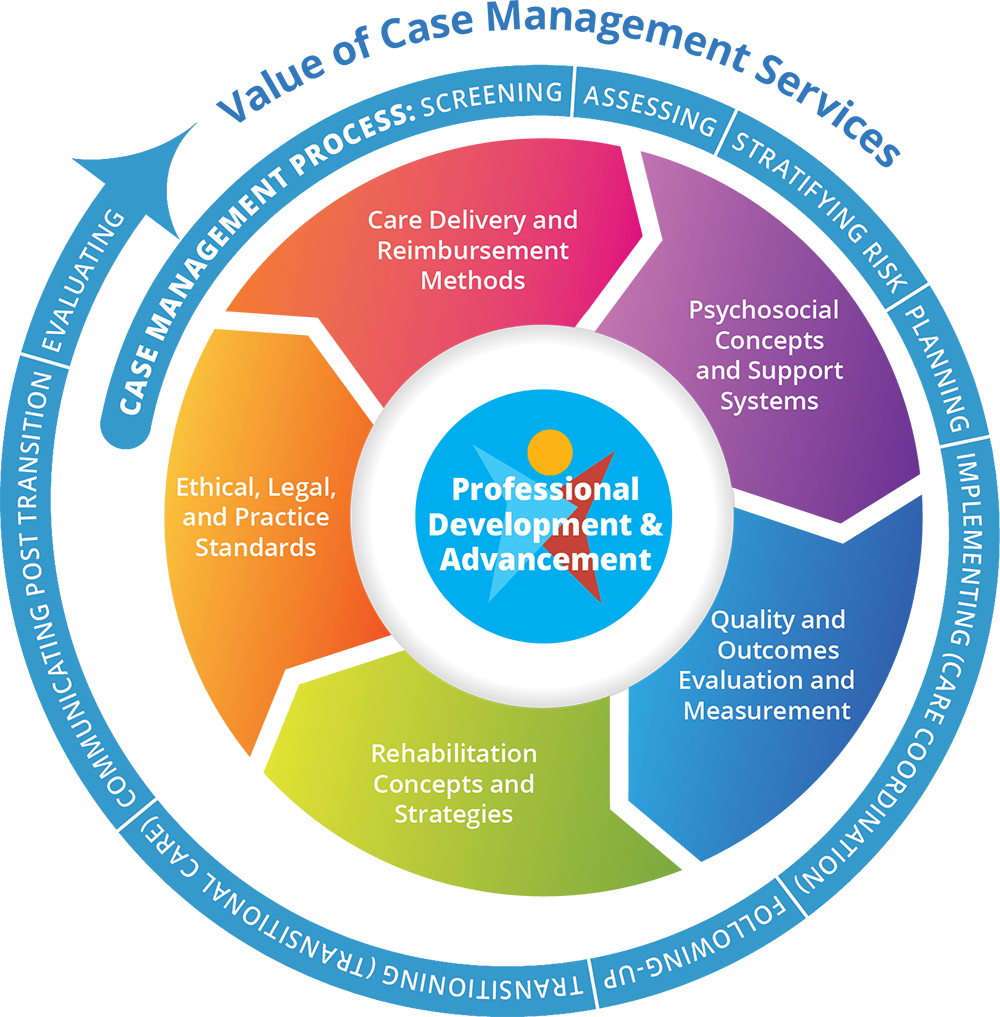For Care Managers
Type 2 diabetes (T2D) is recognized as a serious disease and is often associated with other comorbidities and complications. These comorbidities include cardiovascular disease, high low-density lipoprotein cholesterol (LDL-C), hypertension, and obesity. We also know that as the disease progresses, other organs are affected. There can be renal complications, neuropathic and peripheral nerve disease, and retinopathic complexities.
In fact, T2D has been linked to kidney failure, lower-limb amputations, blindness, cardiovascular disease, and stroke. In 2010, diabetes was the seventh leading cause of death in the United States.
Your help is needed more than ever
Based on recent National Health and Nutrition Examination Survey (NHANES) data from 2010, only 55% of patients achieved an A1C <7%.
In addition, the proportion of patients with T2D who achieved combined A1C, blood pressure, lipid, and weight loss goals was only 8% (A1C <7%, blood pressure <130/80 mm Hg, LDL-C ≤100 mg/dL, and body mass index <30 kg/m2).
As a care manager, your role is to help ensure that your patients reach their target goals, adhere to important lifestyle changes, and get screened on a regular basis. No small task!
Glycemic control is key to managing potential complications from T2D
This Diabetes Overview tool is designed to help you educate your patients about T2D. It was developed to help you answer your patients’ questions about their T2D clearly and succinctly.
In diabetes, the pancreas does not produce insulin or cells are resistant to insulin—the hormone needed to convert sugar and starches from food into energy needed for daily life.
This lack of insulin or insulin resistance can lead to a buildup of glucose (sugar) in the blood, which can cause damage to various organs of the body.5 It is critical for patients to understand that by maintaining glycemic (blood sugar) control, they can help manage their diabetes
Before developing T2D, patients almost always have prediabetes—blood glucose levels that are higher than normal but not yet high enough to be diagnosed as diabetes.5 Prediabetes is usually asymptomatic. With lifestyle modifications, however, prediabetes may not lead to T2D.
T2D is frequently not diagnosed until complications appear, and approximately one-fourth of all people with diabetes in the United States may be undiagnosed.
Type 1 diabetes (T1D) is usually diagnosed in children and young adults and was originally known as juvenile diabetes. In T1D, the pancreas cannot make insulin; therefore, blood glucose cannot enter the cells to be used for energy. Only approximately 5% of people with diabetes have T1D.
Type 2 diabetes (T2D) is by far the most common form of the disease.5 T2D is characterized by an inability of the body to respond to insulin properly (insulin resistance). Over time this can lead to insufficient production of insulin.
A diagnosis of T2D is complicated by the fact that symptoms can be so mild that patients don’t realize they may have the disease. Symptoms of T2D may include:
• Feeling very thirsty
• Feeling very hungry—even while you are eating
• Extreme fatigue
• Blurry vision
• Cuts and bruises that heal slowly
• Tingling, pain, or numbness in the hands or feet
Several risk factors for T2D have been identified. They include growing older, obesity, low physical activity, smoking, diet, race, family history, elevated blood pressure, and low HDL-C. Certain medications can also cause diabetes.
Tests used to diagnose and monitor diabetes
There are several ways to diagnose and monitor diabetes. Some or all of them may be familiar to you, but this list can help you explain them to your patients with more clarity.
- A1C: Measures average blood glucose for the past 2 to 3 months. Fasting or special liquids are not required. Diabetes is diagnosed at an A1C level ≥6.5%
- Fasting plasma glucose (FPG): This test also measures blood glucose levels. As its name implies, fasting is required for this test— at least 8 hours beforehand. Diabetes is diagnosed at fasting blood glucose of >126 mg/dL
- Postprandial glucose (PPG): Patients can self-administer this test, which measures the spikes in glucose that occur 1 to 2 hours after the beginning of a meal
- Oral glucose tolerance test (OGTT): This is a 2-hour test that checks a patient’s blood glucose level both before and 2 hours after drinking a liquid containing glucose. It determines how a patient’s body processes glucose. Diabetes is diagnosed at 2-hour blood glucose >200 mg/dL
- Random (or casual) plasma glucose test: This test is a blood check that can be given at any time of day when diabetes symptoms are severe. Diabetes is diagnosed at blood glucose >200 mg/dL
Please refer to other pieces in this toolkit for information on lifestyle modification, diabetes comorbidities, medication adherence, patient assistance, and more.
NEXT PAGE: DIABETES COMORBIDITIES: OBESITY, HYPERTENSION, AND HIGH LDL CHOLESTEROL

